Recruitment of CXCR4+ type 1 innate lymphoid cells distinguishes sarcoidosis from other skin granulomatous diseases
- PMID: 39225100
- PMCID: PMC11364400
- DOI: 10.1172/JCI178711
Recruitment of CXCR4+ type 1 innate lymphoid cells distinguishes sarcoidosis from other skin granulomatous diseases
Abstract
Sarcoidosis is a multiorgan granulomatous disease that lacks diagnostic biomarkers and targeted treatments. Using blood and skin from patients with sarcoid and non-sarcoid skin granulomas, we discovered that skin granulomas from different diseases exhibit unique immune cell recruitment and molecular signatures. Sarcoid skin granulomas were specifically enriched for type 1 innate lymphoid cells (ILC1s) and B cells and exhibited molecular programs associated with formation of mature tertiary lymphoid structures (TLSs), including increased CXCL12/CXCR4 signaling. Lung sarcoidosis granulomas also displayed similar immune cell recruitment. Thus, granuloma formation was not a generic molecular response. In addition to tissue-specific effects, patients with sarcoidosis exhibited an 8-fold increase in circulating ILC1s, which correlated with treatment status. Multiple immune cell types induced CXCL12/CXCR4 signaling in sarcoidosis, including Th1 T cells, macrophages, and ILCs. Mechanistically, CXCR4 inhibition reduced sarcoidosis-activated immune cell migration, and targeting CXCR4 or total ILCs attenuated granuloma formation in a noninfectious mouse model. Taken together, our results show that ILC1s are a tissue and circulating biomarker that distinguishes sarcoidosis from other skin granulomatous diseases. Repurposing existing CXCR4 inhibitors may offer a new targeted treatment for this devastating disease.
Keywords: Cellular immune response; Dermatology; Immunology; Innate immunity.
Figures
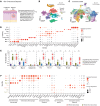

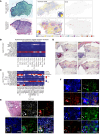
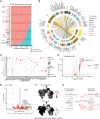
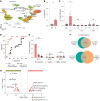
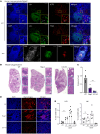
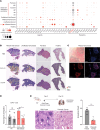
Comment in
- Type 1 innate lymphoid cells: a biomarker and therapeutic candidate in sarcoidosis
References
-
- Judson MA, et al. The WASOG Sarcoidosis Organ Assessment Instrument: an update of a previous clinical tool. Sarcoidosis Vasc Diffuse Lung Dis. 2014;31(1):19–27. - PubMed
MeSH terms
Substances
Grants and funding
LinkOut - more resources
Full Text Sources
Medical
Molecular Biology Databases

